At POMIET, we have recently directed research efforts to explore algorithms to address Alzheimer's disease. One algorithm that shows promise is Low-Resolution Electromagnetic Tomography (LORETA).

Alzheimer's Treatment With LORETA
Article Sep 20, 2023
Rob Keefer
The new advances in Brain-Computer Interface (BCI) technology have opened up a world of revolutionary possibilities. As research continues, the ability to connect the human brain to powerful computers will only improve. The Low-Resolution Electromagnetic Tomography (LORETA) algorithm is at the heart of these improvements. With a quick analysis of some electroencephalography (EEG) data, LORETA produces a three-dimensional brain image with an estimate of where electrical brain activity is sourced.
A detailed image of the brain like the ones produced by LORETA can identify abnormal brain activity and help spot early symptoms of Alzheimer's, giving doctors the information to slow their patients' symptoms and prolong their life. With deep healing and medical breakthroughs achievable with LORETA, it's worth exploring everything this technology can offer.
The Power Of LORETA
Identifying Abnormal Brain Activity
For a disease like Alzheimer's, the illness is characterized by specific patterns of abnormal brain activity. With LORETA's robust EEG data analysis, it can identify the areas of the brain that show unusual electrical activity. Quickly finding these brain patterns means Alzheimer's can be detected much earlier and diagnosed more accurately, leading to longer, healthier lives for patients with the condition.
Localizing Alzheimer's Effects
As the disease influences different regions of the brain, pinpointing the right location to counteract Alzheimer's gets complicated. LORETA can precisely localize the regions of the brain that are affected, giving doctors the understanding they need to track the illness's progression. By mapping the specific regions involved, clinicians can better understand the functional consequences of Alzheimer's and feel equipped to create treatment plans.
Monitoring Disease Progression
LORETA can also be used to track changes in brain activity over time in Alzheimer's patients. By capturing multiple EEG recordings taken at different stages of the disease, it's easy to observe the spread of faulty brain activity and monitor a patient's health. This type of consistent longitudinal analysis is a medical breakthrough, helping clinicians assess the movement of the disease and determine the best treatment plan.
Enhancing LORETA's Effect
Early detection and prediction
A data imaging system based on LORETA allows researchers to explore the distinctive patterns of abnormal brain activity linked to the initial phases of Alzheimer's. By catching Alzheimer's at an earlier stage, we can take action sooner and possibly slow down the progression of the disease. Researching this technology's potential could deepen our understanding and search for effective interventions in this devastating condition.
Personalized treatment programs
Alzheimer's is a profoundly individual disease, with significant variability from person to person. As doctors get to know a patient, they can create treatment plans as they understand their brain and symptoms. With machine learning techniques and LORETA, building a treatment strategy gets much faster, with the same amount of unique tailoring. An approach like this could relieve pressure from the physician and allow them to become more effective with this tech assistance.
Integrating multimodal data
With such a powerful data-gathering tool, LORETA begs the question, "what kind of views could we get by combining the algorithm with other known imaging systems?"
Technology like functional magnetic resonance imaging (fMRI) or positron emission tomography (PET) would be given even more depth when combined with LORETA, bringing a multi-dimensional, useful view of Alzheimer's to a clinician in practice.
What Does The Future Hold?
Who knows where LORETA research is going to go? These approaches are still in ongoing research, and their clinical application and validation need more investigation. In any case, exploring these avenues can potentially overcome the problems facing Alzheimer's doctors and improve diagnosis, treatment, and patient care.
Looking for a guide on your journey?
Ready to explore how human-machine teaming can help to solve your complex problems? Let's talk. We're excited to hear your ideas and see where we can assist.
Let's Talk